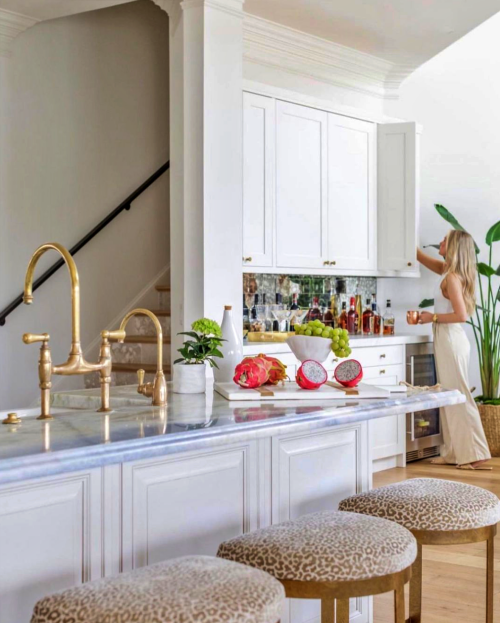When installing a new entry door, you might think that choices are limited to steel, wood or fiberglass. That’s generally true, but within each of those three categories there are some variances that will affect how the door performs and how long it will stay looking great. Along with that fabulous new door choosing the right hardware and knob to accentuate the door can be a bit challenging.
The first thing to look at is how much weather the door will be exposed to. You have to look very closely at the durability of the material and the quality of the weather stripping system to make sure the door will hold up and keep air and water out.
Steel:
Made of an inner frame of wood or steel with a 24-gauge steel skin (or thicker on premium doors), the cavities of most steel doors are filled with a high-density foam insulation. Finishes are usually a baked-on polyester finish. Which may need periodic resealing. Premium doors have a vinyl coating for improved weather resistance or sometimes even a wood veneer that can take a stain.
If exposed to direct sunlight, some steel doors can build up so much heat that they will be uncomfortable to touch. Also, some manufacturers will void the warranty if an aluminum storm door is paired with a steel door because heat will build up between the two and cause the steel door’s finish to peel. Steel doors are also somewhat less energy efficient than wood or fiberglass; heat or cold can be conducted through to the inside surface unless a thermal break is incorporated into the door’s construction.

Wood:
A popular choice for aesthetic reasons, wood doors come in a wide variety of species and can take just about any stain or paint color. Some stock wood doors are actually veneer skins over an engineered wood core, which helps them resist shrinking, swelling and warping that is common with solid wood doors.
Wood doors work best when installed in a protected area. Unless they are under an overhang or located in a shady area, the homeowner will have to perform a lot of maintenance, and warping will be a problem.
As a rule, wood doors with intricate moldings, thicker and wider stiles and rails and thicker panels are usually the best quality. High-end wood doors have panels up to 1-3/8” thick, compared with just ¾” thick panels on economy models.
Fiberglass and composite:
Tough and virtually maintenance-free (except when placed directly in hash weather, in which case periodic resealing may be required) these doors can mimic the look and feel of a solid wood door. Typically made of molded skins of fiberglass on a framework of wooden stiles and rails, these doors contain polyurethane-foam insulation.
Fiberglass or composite doors typically carry the longest warranties of any of the three materials, and can run anywhere from $200 for a basic unity without any glazing to up to $4,000 for a complete entry system with sidelights and upscale hardware.
Now that you have some direction on the type of door you want it is time to think about hardware, knobs and even door bells and house numbers. Always chose the best product that will showcase that beautiful door and add that something extra in curb appeal.
